Apple A19 Pro
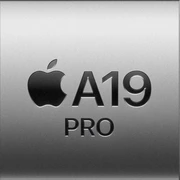
Apple A19 Pro: a powerful leap for iPhone 17 — and two different versions for Air and Pro
The iPhone 17 lineup is finally here, and with it comes a new generation of silicon. At the heart of the update is Apple A19 Pro—a chip that shifts the focus from short-lived peak numbers to sustained speed under real-world load, upgrades graphics (including hardware ray tracing), and adds smarter on-device compute for Apple Intelligence. It arrives in two forms: one tuned for the ultra-thin iPhone Air, and another for iPhone 17 Pro / Pro Max. Below is a lively, practical look at what’s officially confirmed—and what it means in everyday use.
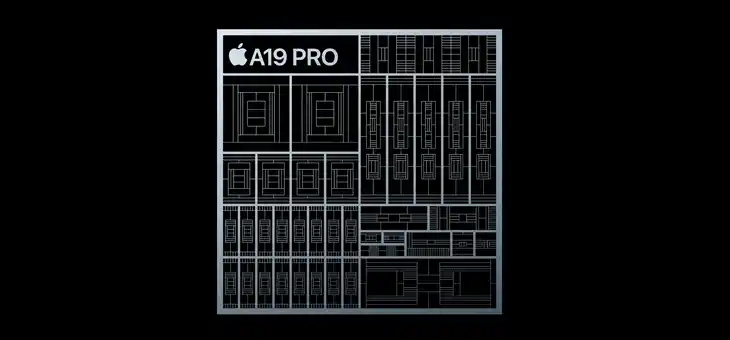
The big idea behind A19 Pro: fast and for a long time
In short, A19 Pro is built so your phone doesn’t just spike in benchmarks—it holds high performance for minutes and hours. For the Pro models, Apple emphasizes sustained performance: up to +40% in prolonged workloads—crucial for ray-traced gaming, 4K/ProRes exports, and on-device AI inference. The new vapor-chamber thermal design in Pro devices helps here, pulling heat off the die so the chip can keep higher clocks for longer.
An architecture that leans into hybrid workloads
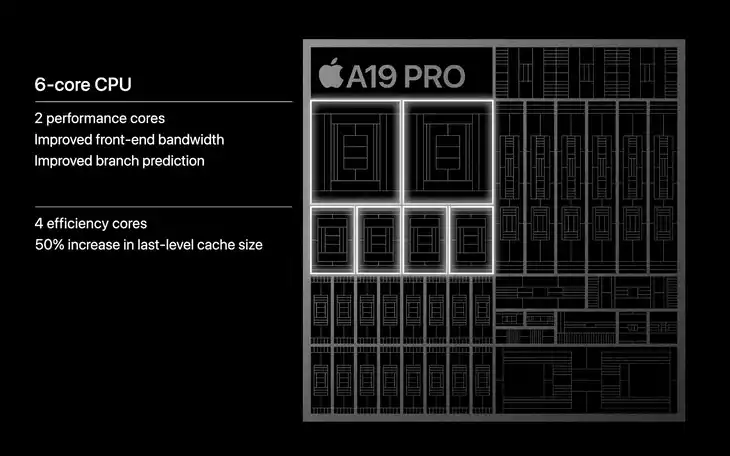
CPU: 6 cores, tuned for responsiveness
A19 Pro uses a 6-core CPU configuration. Apple calls it “the fastest smartphone CPU.” In practice, that shows up in single-threaded jobs (photo export, audio encoding, archiving) and in the consistency of multi-threaded work—from background video renders to batch image processing.
GPU: ray tracing and Neural Accelerators in every core
The headline feature of A19 Pro’s graphics block: Neural Accelerators are built into every GPU core. That hybrid design speeds up scenarios like video super-resolution and denoising, intelligent filters, ray-tracing effects, and running local generative models on photos and clips. Hardware ray tracing is, of course, still here—delivering steadier FPS and better lighting/shadows in supported titles. The Pro variant carries a six-core GPU; the Air has five cores (details below).
Neural Engine: the system-level driver for Apple Intelligence
A19 Pro is paired with a 16-core Neural Engine that works alongside the CPU and the GPU’s per-core neural units. Together, they power Apple Intelligence on device—from the assistant to smart photo/video edits—bringing snappier responses and lower energy use across repeated AI tasks.
Media and video: pro features becoming the default
On the Pro side, the media pipeline is geared for studio-style workflows: ProRes RAW and genlock (with the updated Final Cut Camera) are available, which naturally relies on A19 Pro’s throughput and the Neural Engine’s acceleration. For mobile creators, that means finer color work, precise multi-camera sync, and fewer compromises on the road.
Connectivity: the new N1 wireless chip
Sustained performance also touches the network stack. The entire iPhone 17 family gets the N1 coprocessor with Wi-Fi 7, Bluetooth 6, and Thread, plus improved stability for AirDrop and Personal Hotspot. Translated from marketing: higher bandwidth, less jitter in congested networks, and smoother large-file transfers.
Pro thermal design: a vapor chamber built for “long speed”
In iPhone 17 Pro, Apple details a vapor chamber integrated into an aluminum unibody. Inside is deionized water that moves heat away from A19 Pro into the chassis, spreading it evenly. That’s what underpins the Pro models’ sustained advantage: less throttling, more real-world speed in sessions where a few minutes of heat build-up used to spoil the party.
Two versions of A19 Pro: one for iPhone Air, one for iPhone 17 Pro / Pro Max
Time for the fun part—the differences in how the same silicon is deployed.
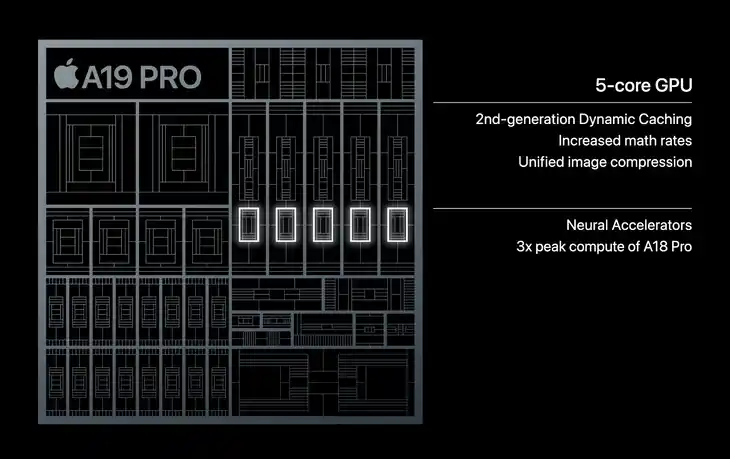
A19 Pro for iPhone Air: “pro-grade power” in a 5.6 mm body
iPhone Air is the thinnest iPhone, and it runs A19 Pro tuned for that purpose. You get a 5-core GPU (versus six on Pro), yet each graphics tile still includes its own Neural Accelerator, and the Neural Engine remains 16-core. The result is a very fast device operating within tighter thermal limits than Pro. There’s another distinction: the new C1X modem, faster and more power-efficient than the previous generation, which helps battery life. And yes—the same modern N1 wireless stack with Wi-Fi 7 / BT 6 / Thread.
What that means in practice
— In AAA games and advanced graphics workloads, Air holds a very high level thanks to the GPU architecture and per-core neural boosts, but in the heaviest scenes the Pro models will be steadier due to the extra GPU core and cooling headroom.
— In everyday creative tasks (shooting, photo/video edits, Apple Intelligence features), the difference is harder to spot: the 16-core NE and the GPU’s neural units do the same “magic” locally and quickly.
— For networking and battery, Air benefits from C1X and N1: a faster modem means less time spent in active transfer and more minutes added back to the battery.
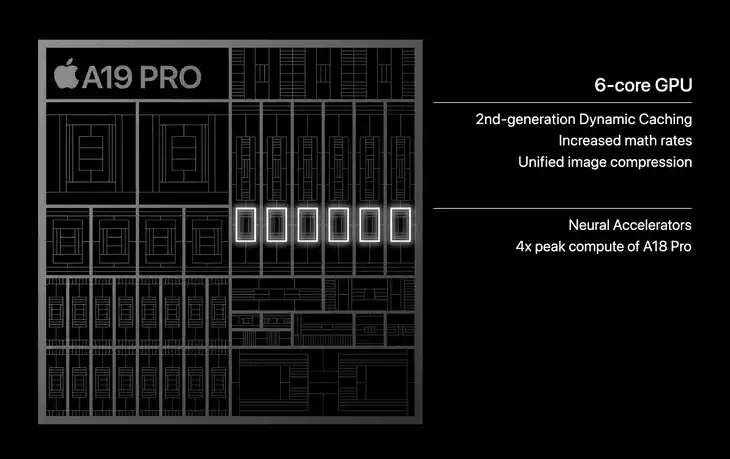
A19 Pro for iPhone 17 Pro / Pro Max: maximum graphics and “long-haul” speed
On iPhone 17 Pro / Pro Max, A19 Pro runs in full form: a 6-core GPU with Neural Accelerators in each core, a 16-core Neural Engine, hardware ray tracing, and that unusually ambitious thermal system with a vapor chamber. Apple highlights up to 40% higher sustained performance versus the previous generation. For editors and mobile gamers, that’s more meaningful than a single “+X%” peak: fewer frequency dips, steadier frame times, and faster repeat exports.
What that means in practice
— Long sessions (ray-traced games, renders, LLM inference) are where Pro shines. The vapor chamber gives the chip room to stay in turbo for longer.
— Pro-video modes (ProRes RAW, genlock) rely directly on A19 Pro’s media pipeline and sustained throughput—this is the Pro lineup’s natural habitat.
Exactly how the two A19 Pro versions differ
Let’s pin it down in a short list:
-
Graphics: Air — 5-core GPU; Pro — 6-core GPU. Both have hardware ray tracing and Neural Accelerators in every GPU core.
-
Neural Engine: 16 cores on both. The real-world difference comes from the device’s thermal ceiling and sustained performance, not the NE spec itself.
-
Cooling: Pro models have a vapor chamber, giving a clear edge in long workloads; Air doesn’t mention a vapor chamber.
-
Wireless: both versions use N1 (Wi-Fi 7 / BT 6 / Thread).
-
Modem: Air has the new C1X (faster and more efficient than the prior generation); the Pro modem isn’t specified in the launch materials.
Why Neural Accelerators inside the GPU matter
Historically, the “neural brain” of iPhone meant the Neural Engine. With A19 Pro, Apple effectively adds another layer of AI acceleration inside the graphics cores. Many effects—denoising, super-resolution, even some ray-tracing pipelines—can be computed on the fly without bouncing data between blocks. That trims memory bottlenecks. For you, it shows up as smoother “heavy” camera features and snappier editing tools.
Gaming context: ray tracing with steady FPS
Hardware ray tracing on a phone is no longer shocking; the point with A19 Pro is combining ray tracing with consistent frame rates. All the pieces line up here: a six- or five-core GPU, neural helpers in every core, a well-thought thermal envelope, and the N1 wireless stack (for titles that stream assets). In practice, the Pro models take the lead in the hungriest scenes, while Air achieves almost the same visual level in an ultra-thin chassis.
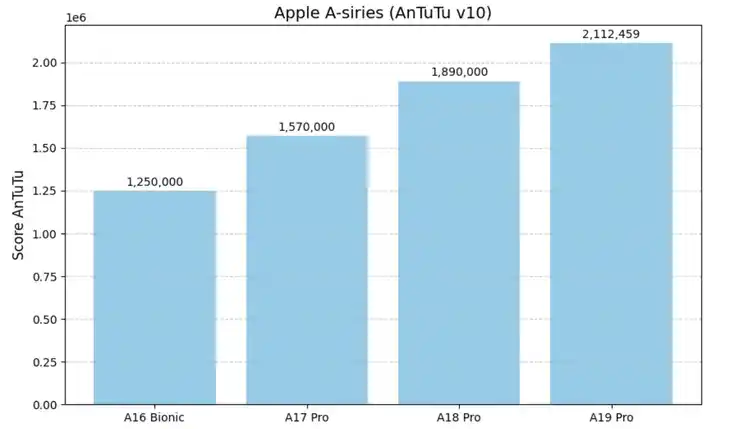
Photo and video: on-device AI as the new normal
Your phone is increasingly both camera and edit bay. On iPhone 17 Pro, that’s backed not just by Final Cut workflows and pro modes, but by hardware: A19 Pro + 16-core Neural Engine + per-core neural units in the GPU. From next-gen portraits to denoising and “magical” clean-ups, the heavy lifting happens on device. For creators, that means predictable render times and fewer “surprises” like sudden slowdowns mid-project.
Which one to pick: Air or Pro?
-
Choose iPhone Air if you value minimum thickness and still want near-Pro performance. A five-core GPU with neural units in each core, a 16-core NE, the new C1X modem, and N1 wireless make a very potent base. It’s an excellent choice for heavy everyday use and most creative tasks.
-
Choose iPhone 17 Pro / Pro Max if your workloads are long sessions: ray-traced AAA games, frequent video exports, local LLM inference. Here the 6-core GPU and, most importantly, the vapor chamber deliver a clear advantage in sustained performance—plus the pro-video feature set.
Conclusion
A19 Pro pushes the iPhone toward grown-up computer logic: less obsession with “peak” numbers, more assurance of stable speed in what people actually do—play ray-traced games, cut videos on the go, run local models. The nice touch: Apple didn’t split the world into a “real chip” and a lightweight understudy. Both Air and Pro get A19 Pro with the same philosophy—fast CPU, a GPU with Neural Accelerators in every core, a 16-core Neural Engine, and the new N1 wireless chip. The difference is form-driven tuning: Air is ultra-thin with a 5-core GPU and efficient C1X; Pro is the max configuration with a 6-core GPU plus a vapor chamber that turns the promise of “+40% long-haul speed” into everyday reality.
Basic
GPU Specifications
Connectivity
Memory Specifications
Miscellaneous
- AAX
- AAX+
- AC-3
- AIFF
- CAF
- E-AC-3
- MP3
- MP4
- WAV
- H.265
- AV1
- VP8
- VP9
- Motion JPEG
Benchmarks
Phones with A19 Pro
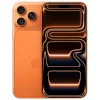
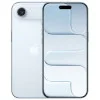
Comparison of Devices with A19 Pro
Compared to Other SoC
Related SoC Comparisons
Share in social media
Or Link To Us
<a href="https://cputronic.com/en/soc/apple-a19-pro" target="_blank">Apple A19 Pro</a>

